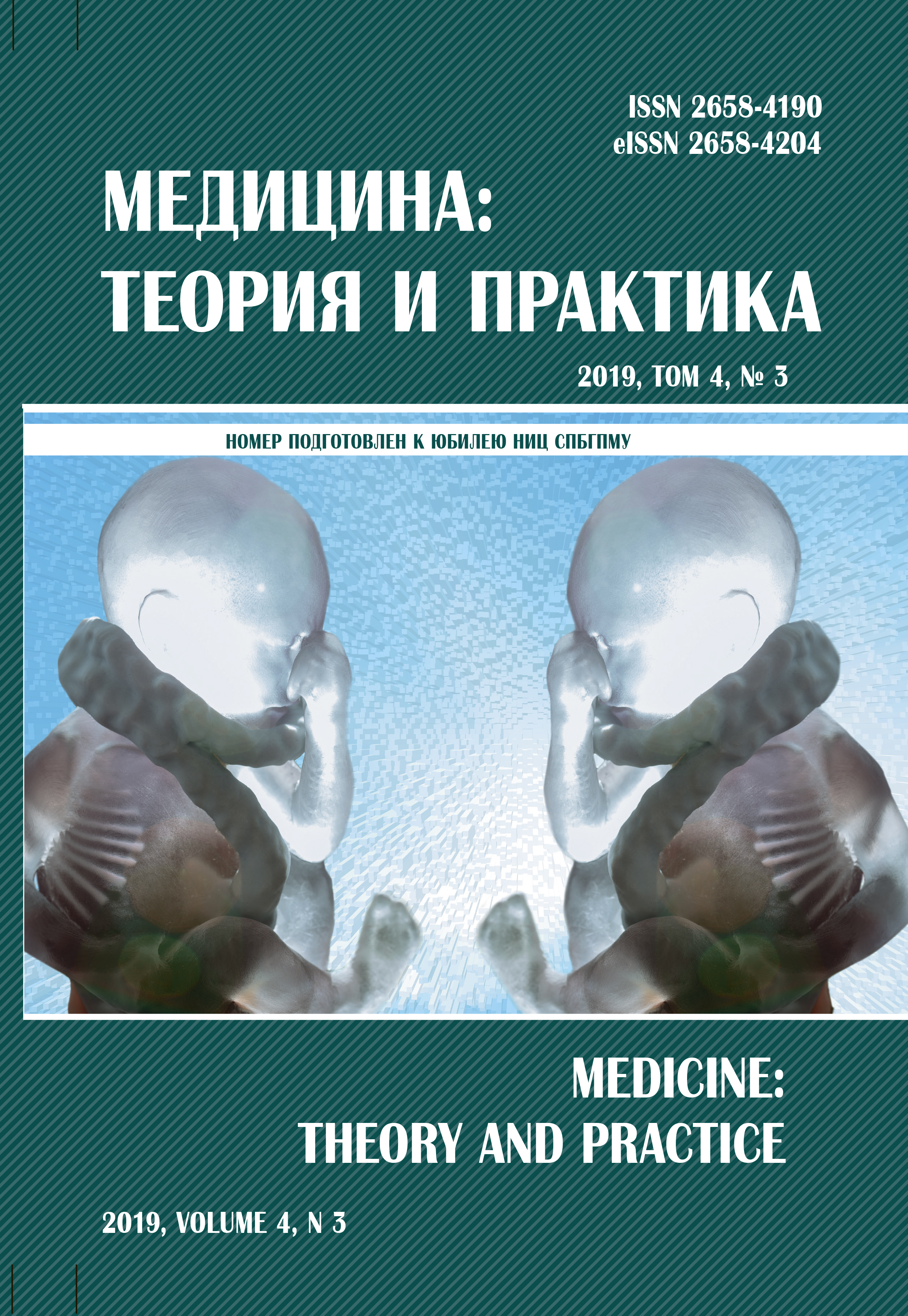The method for predicting the recovery of facial nerve in bell's Рalsy
Abstract
Objective: to correlate the neurophysiological and the neurosonographic (NSG) parameters of the facial nerve of children with idiopathic neuropathy facial nerve (NLN) in the acute period with good and poor prognosis recovery of facial nerve function. Material and methods: 65 children with NLN (mean age 11,5±4,9 years) and 57 children of control group (mean age 12,5±5,2 years) were examined. All children with NLN were examined with NSG with the measurement of the diameter of the facial nerve in the area of processus stylomastoideus and in the parotid gland, stimulation electroneuromyography of the facial nerve with the registration of the M-response from the m. orbicularis oculi were examined, also evaluation of the degree of paresis of facial muscles using of 6-point scale of the House-Brackmann 10-15 days after manifestation of paresis. Children with NLN in dynamic clinical examination at 30 days after manifestations of paresis were divided in two groups: 1 group - the good recovery (n = 54) and 2 group - poor prognosis recovery (n = 11) of the nerve function. Correlation of the NSG and electroneuromyography indicators with good and poor prognosis recovery of facial nerve function were conducted. Results and conclusions: on the basis of the data revealed 85% sensitivity and 77% specificity of measure of the diameter of the facial nerve using NSG in predicting of poor prognosis of recovery of facial nerve function and received normative thresholds of children.



